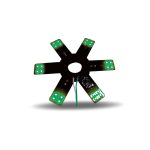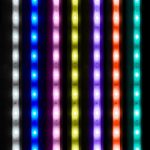Explained: What Full Spectrum LED Light Means and How It Benefits Your Health
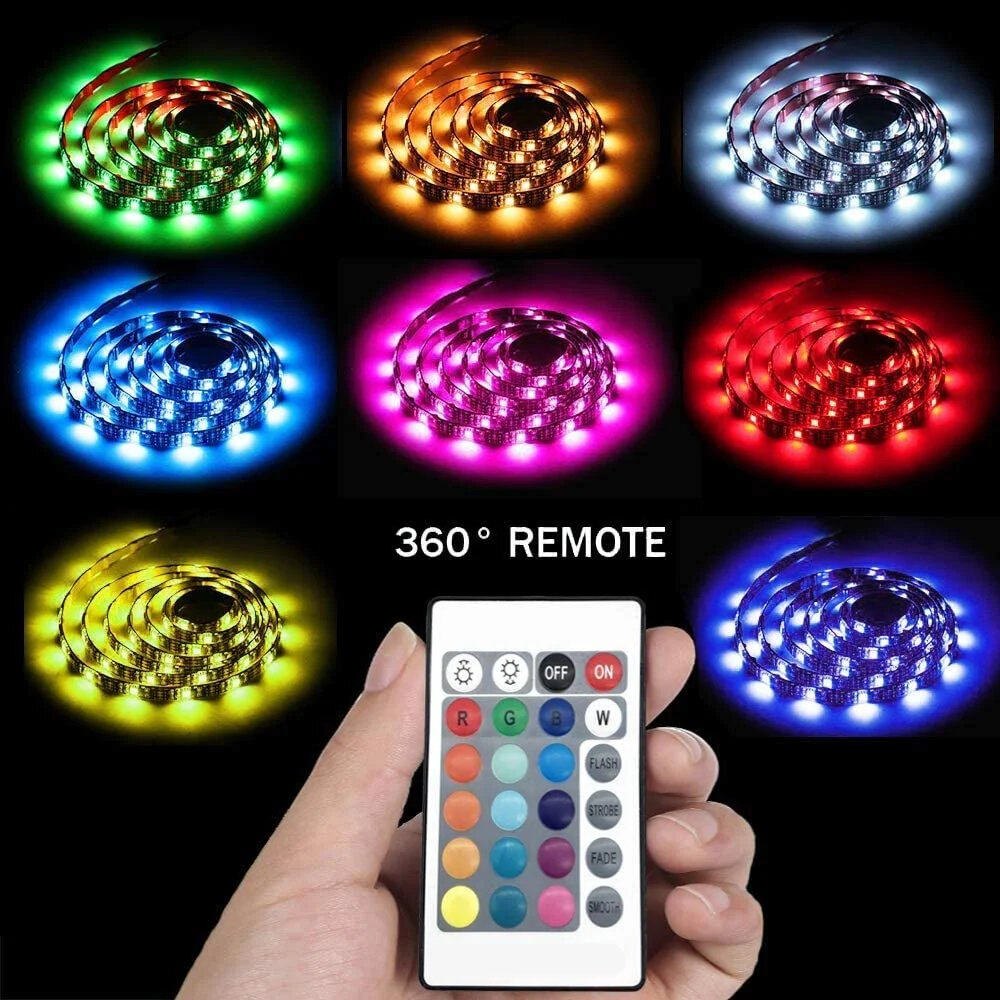
Lighting is an essential aspect of our daily lives, and it plays a crucial role in our overall health and well-being. With the advent of LED technology, the market has been flooded with various types of LED lights, including full spectrum LED lights. These lights are different from traditional LEDs in that they emit a wider range of wavelengths, including those that are present in natural sunlight. In this article, we will explore what full spectrum LED light means and how it can benefit your health. Full spectrum LED lights are designed to mimic the natural sunlight, which contains a wide range of wavelengths that are essential for our health. Unlike traditional LED lights that emit only a specific wavelength, full spectrum LED lights emit a range of wavelengths that are similar to natural sunlight. These lights are beneficial because they provide a more natural and comfortable light that can improve our mood, productivity, and overall well-being. Additionally, full spectrum LED lights have been shown to have various health benefits, including reducing eye strain, improving sleep quality, and boosting vitamin D production. In this article, we will explore the science behind full spectrum LED lights and how they can benefit your health.
Full spectrum LED lights are a type of lighting that emits a wide range of wavelengths, including those that fall within the visible spectrum and beyond. Unlike traditional lighting options, full spectrum LED lights mimic the natural light of the sun, providing a balanced and natural light that is beneficial for both indoor plants and humans. The growing popularity of full spectrum LED lights can be attributed to their ability to improve mood, increase productivity, and even promote better sleep. Additionally, full spectrum LED lights are energy-efficient and have a longer lifespan than traditional lighting options. As more people become aware of the benefits of full spectrum LED lights, they are becoming an increasingly popular choice for homes, offices, and greenhouses alike.
What is Full Spectrum LED Light?

Full spectrum LED light refers to a type of lighting that emits a wide range of wavelengths, including those that are visible to the human eye and those that are outside of the visible spectrum. This type of lighting is often used in indoor growing settings, as it provides a more natural and balanced light source for plants. Unlike traditional LED lighting, which typically emits light in a narrow band of wavelengths, full spectrum LED lights mimic the natural light of the sun, providing a more diverse and beneficial light source. In addition to its benefits for indoor gardening, full spectrum LED lighting is also believed to have a number of health benefits for humans. Research has shown that exposure to natural light can help regulate our circadian rhythms, improve mood, and even boost cognitive function. By simulating natural light, full spectrum LED lighting may offer similar benefits, making it a popular choice for use in homes, offices, and other indoor settings. Whether you’re looking to improve your indoor gardening setup or simply want to enjoy the health benefits of natural light indoors, full spectrum LED lighting is a versatile and effective option.
Full spectrum LED lights are a lighting technology that emits a broad range of wavelengths across the visible light spectrum, replicating natural sunlight. Unlike traditional LED lights that emit light in a narrow band of wavelengths, full spectrum LED lights provide a more balanced and natural light that can benefit your health. The wavelengths emitted by full spectrum LED lights are known to regulate circadian rhythms, improve mood, boost productivity, and even alleviate symptoms of seasonal affective disorder (SAD). Additionally, full spectrum LED lights can improve color perception and enhance the appearance of objects, making them ideal for use in art studios, photography studios, and other similar environments where accurate color rendering is essential. Overall, full spectrum LED lights provide a more natural and healthy lighting solution that can benefit people in various settings.
The electromagnetic spectrum is a range of wavelengths of energy that includes radio waves, microwaves, infrared radiation, visible light, ultraviolet radiation, X-rays, and gamma rays. The different wavelengths of visible light are perceived by the human eye as colors ranging from red to violet. The shorter the wavelength, the more energy the light carries. For instance, ultraviolet radiation has shorter wavelengths and higher energy than visible light, while infrared radiation has longer wavelengths and lower energy. Full spectrum LED light bulbs emit light across the entire range of the electromagnetic spectrum, mimicking natural sunlight and offering a range of benefits for human health and well-being.
Full spectrum LED lights are different from other types of LED lights because they mimic the natural light spectrum, which has a positive impact on our health. Traditional LED lights emit only specific colors of light, which can cause eye strain, headaches, and sleep disturbances. On the other hand, full spectrum LED lights provide a balanced mix of colors, including red, blue, green, and yellow. This makes them ideal for promoting healthy circadian rhythms, boosting mood, and improving overall well-being. Additionally, full spectrum LED lights are more energy-efficient and have a longer lifespan than traditional incandescent bulbs, making them a smart choice for both your health and the environment.
How Full Spectrum LED Light Benefits Your Health
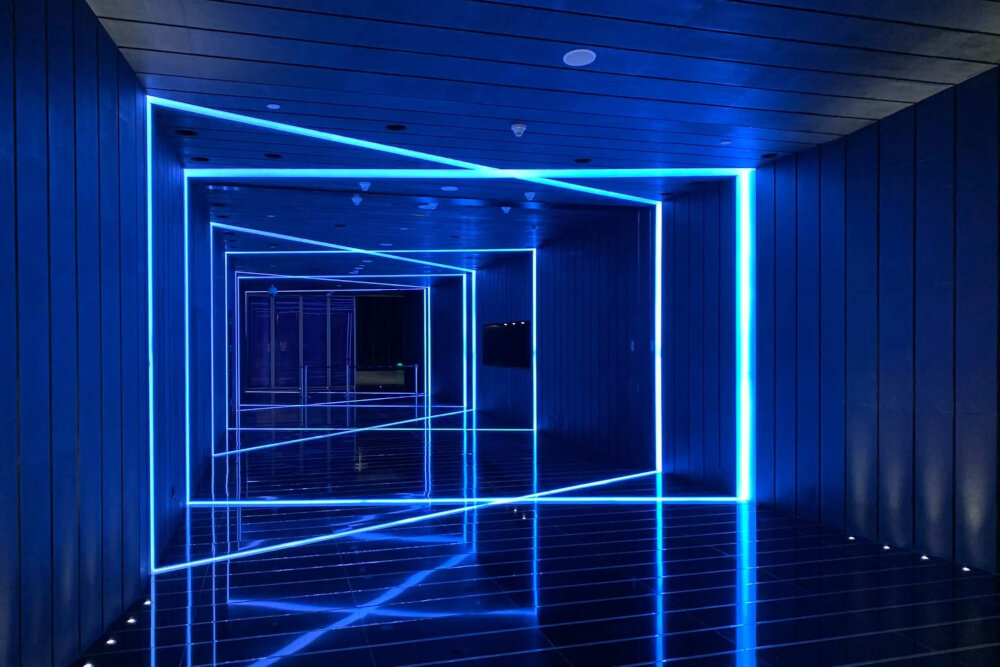
Full spectrum LED light is a type of lighting that has a wavelength range that is similar to natural sunlight. Unlike traditional lighting options that only emit certain wavelengths, full spectrum LED light provides a wider range of wavelengths that are beneficial for our health. This type of lighting has been found to improve mood, energy levels, and sleep quality. Additionally, it can help reduce eye strain and improve overall vision. One of the main benefits of full spectrum LED light is its ability to improve mental health. Exposure to natural light has been shown to increase the production of serotonin in the brain, which is a hormone that is responsible for regulating mood. Full spectrum LED light mimics the effects of natural sunlight, which can help improve mood and reduce symptoms of seasonal affective disorder (SAD). Additionally, this type of lighting has been found to increase energy levels and improve cognitive function, making it an ideal lighting option for workspaces or areas where concentration is needed.
Full spectrum LED light contains a wider range of wavelengths than traditional lighting, including natural sunlight. This type of lighting offers numerous health benefits, including improved mood, better sleep, and increased energy levels. Full spectrum LED light can also enhance visual clarity and color perception, making it ideal for tasks that require attention to detail. Additionally, exposure to full spectrum LED light has been shown to regulate circadian rhythms, which can help alleviate symptoms of depression and seasonal affective disorder. Studies have also linked full spectrum LED light to improved cognitive function and reduced eye strain. Overall, incorporating full spectrum LED lighting into your home or workspace can have a positive impact on your physical and mental well-being.
Natural light is crucial for the proper functioning of the human body. Exposure to natural light helps regulate the body’s circadian rhythm, which is responsible for the sleep-wake cycle. When the body is exposed to natural light during the day, it helps to suppress the production of the sleep-inducing hormone melatonin, which in turn increases alertness and cognitive function. In addition, natural light is essential for the production of vitamin D, which is essential for strong bones and a healthy immune system. Insufficient exposure to natural light has been linked to various health issues such as depression, seasonal affective disorder (SAD), and sleep disorders. Therefore, incorporating natural light into our daily routine is essential for maintaining optimal health and well-being.
Full spectrum LED light has been shown through evidence-based research to have several benefits for our health, including improving sleep, mood, and productivity. Studies have demonstrated that exposure to full spectrum LED light can help regulate our circadian rhythm, which is responsible for our sleep-wake cycle. This can lead to improved sleep quality and duration, which in turn can positively impact our mood and overall well-being. Furthermore, full spectrum LED light has been found to increase energy levels and improve alertness, making it a valuable tool for boosting productivity. These benefits are due to the fact that full spectrum LED light mimics natural sunlight, providing us with the full range of colors and wavelengths that our bodies need to function optimally.
Applications of Full Spectrum LED Light
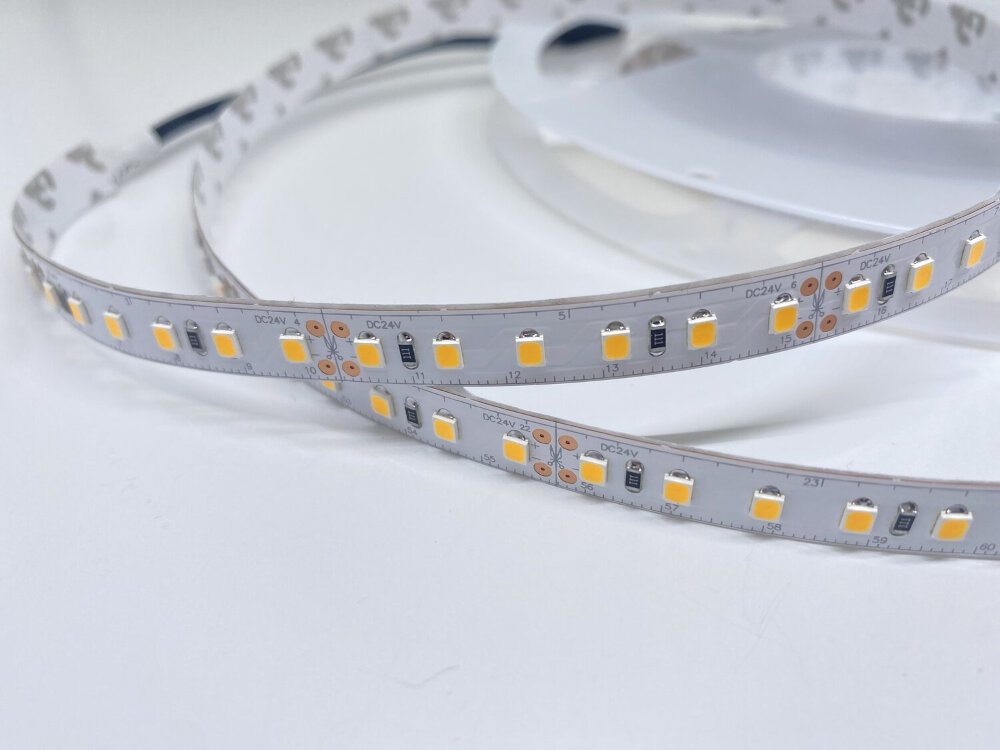
Full spectrum LED light is a cutting-edge technology that has transformed the lighting industry in the recent past. It is a type of lighting that emits light that covers the entire electromagnetic spectrum, just like natural sunlight. Full spectrum LED light finds a wide range of applications in various sectors, including healthcare, horticulture, and art. In healthcare, full spectrum LED light is used to treat depression and seasonal affective disorder (SAD) by simulating natural sunlight. It has also been found to improve sleep patterns and reduce eye strain. In addition, full spectrum LED light is used in phototherapy to treat skin conditions such as psoriasis, eczema, and vitiligo. In horticulture, full spectrum LED light is used to grow plants indoors, especially in areas where sunlight is limited. It has been found to enhance plant growth and yield, as well as improve the quality of fruits and vegetables. Full spectrum LED light is also used in art galleries and museums to illuminate artwork. Its ability to mimic natural sunlight makes it ideal for showcasing artwork, as it brings out the true colors and textures of the artwork. Full spectrum LED light has become increasingly popular in recent years due to its numerous benefits, including energy efficiency, long lifespan, and low heat generation.
Full spectrum LED light is a type of lighting that emits a wide range of wavelengths across the visible spectrum, replicating natural sunlight. This technology has a variety of applications, including in horticulture, where it can enhance plant growth and improve the quality of crops. In architecture and interior design, full spectrum LED lighting can create a more natural and comfortable environment, reducing eye strain and improving productivity. Additionally, it has been shown to benefit human health by regulating circadian rhythms, improving sleep quality, and boosting mood. This type of lighting is also being used in therapeutic settings, particularly for individuals with mood disorders or seasonal affective disorder. Overall, the versatility of full spectrum LED lighting makes it a valuable tool in a range of industries, while also providing significant benefits for human health and well-being.
Full spectrum LED light has a range of applications in various fields, including therapy, medical treatment, and the workplace. In therapy, it is used to treat Seasonal Affective Disorder (SAD) and other mood disorders by simulating natural sunlight. Medical treatment utilizes full spectrum LED light in various ways, such as treating skin conditions like psoriasis and eczema, and as a tool in photodynamic therapy for cancer treatment. In the workplace, it is used to improve productivity and reduce eyestrain and headaches caused by fluorescent lighting. With its ability to mimic natural light, full spectrum LED light is proving to be a versatile and beneficial technology for many industries.
Choosing the Right Full Spectrum LED Light

When it comes to choosing the right full spectrum LED light, there are several important factors to consider. Firstly, it’s important to look for a light that provides a full spectrum of wavelengths, including both visible and invisible light. This ensures that you receive the benefits of all the different colors of light, which can have a significant impact on your mood, energy levels, and overall health. Additionally, make sure to choose a light with a high color rendering index (CRI), which measures how accurately the light source reproduces colors. A high CRI is important for tasks that require accurate color perception, such as painting or photography. Another important consideration when choosing a full spectrum LED light is the intensity or brightness of the light. This can be measured in lumens or lux, and different tasks may require different levels of brightness. For example, a desk lamp for reading or working may require a higher level of brightness than a bedside lamp used for relaxation. Additionally, consider the color temperature of the light, which is measured in Kelvin (K). A higher color temperature (5000K-6500K) provides a cooler, bluish-white light that is ideal for tasks that require concentration, while a lower color temperature (2700K-3000K) provides a warmer, yellowish-white light that is more relaxing and conducive to sleep. By considering these factors, you can choose the right full spectrum LED light that meets your specific needs and supports your overall health and wellbeing.
When choosing the best full spectrum LED light for your needs, there are a few key factors to consider. First, look for a light that has a high color rendering index (CRI) to ensure that it accurately reproduces colors in your environment. Additionally, consider the color temperature of the light, as warmer temperatures can help promote relaxation and better sleep while cooler temperatures can increase productivity and focus. It’s also important to consider the wattage and lumens of the light to ensure that it provides enough brightness for your space. Lastly, look for a light that has adjustable settings so you can customize the intensity and color temperature to fit your specific needs. By taking these factors into account, you can find the best full spectrum LED light to support your health and wellbeing.
When considering full spectrum LED lighting, there are several factors to keep in mind to ensure that you get the most benefit from your investment. Firstly, color temperature is an important consideration, as it affects the overall tone and feel of the light. Secondly, brightness is a key factor, as it determines the intensity of the light and how well it illuminates a space. Finally, quality is another crucial factor, as it affects not only the durability and lifespan of the bulbs but also the overall effectiveness of the lighting. By taking these factors into account, you can ensure that you choose the right full spectrum LED lighting to meet your needs and improve your health and well-being.
Full spectrum LED light emits a wide range of wavelengths that mimic natural sunlight. This type of light has been shown to have numerous health benefits, including regulating sleep patterns, improving mood, and boosting energy levels. Full spectrum LED light can also help to reduce eyestrain and headaches caused by artificial lighting. Additionally, it can provide relief for individuals with seasonal affective disorder (SAD) by increasing serotonin levels and decreasing the production of melatonin. Overall, choosing full spectrum LED light can have a positive impact on both physical and mental health.
Incorporating full spectrum LED light into daily life is an essential aspect of maintaining optimal health and well-being. Full spectrum light provides a range of wavelengths that mimic natural sunlight, which has been shown to positively impact mood, energy levels, and sleep quality. Additionally, full spectrum light can improve cognitive function, reduce eye strain, and even boost the immune system. Investing in full spectrum LED lighting for your home or workspace is a simple but effective way to improve your overall health and enhance your daily life experience. With the numerous benefits that full spectrum LED light provides, it’s clear that making the switch to this type of lighting is a wise decision for anyone looking to improve their health and well-being.
Conclusion

In conclusion, full spectrum LED lights are an excellent alternative to traditional lighting options. They emit a wide range of wavelengths that are similar to natural sunlight, benefiting our health in numerous ways. From improving mood and sleep quality to boosting vitamin D production and promoting plant growth, full spectrum LED lights have a significant impact on our well-being. By investing in full spectrum LED lights, you can create a healthier and more sustainable environment for yourself and those around you. So, why not make the switch today and experience the many benefits of full spectrum LED lighting?


